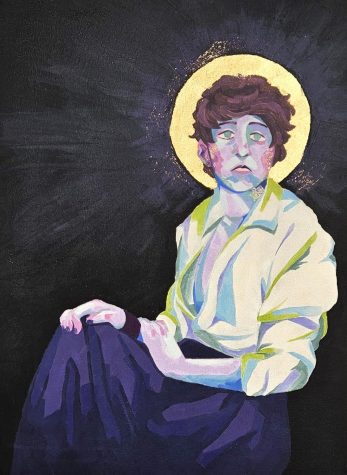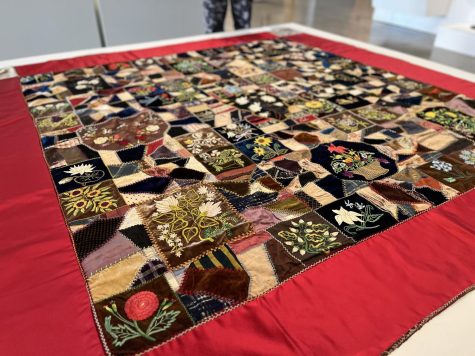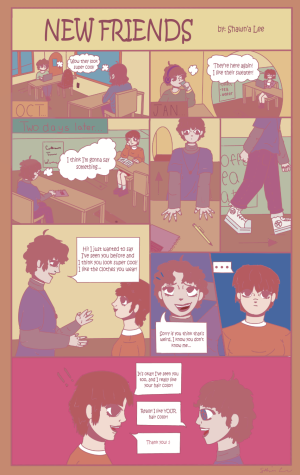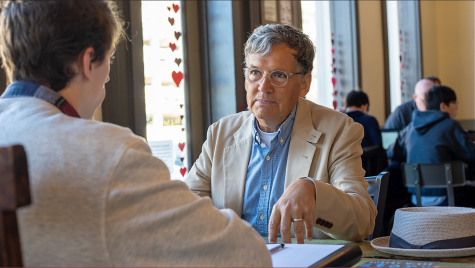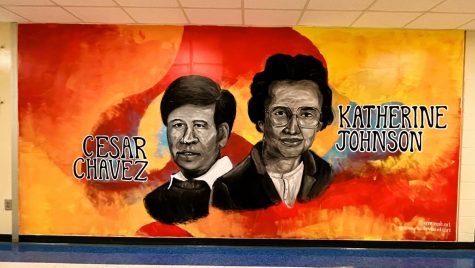An investigation of CSU Theatre Department’s number of POC applicants
The Saber pulls open records of applicant data from the last five years.
The Riverside Theatre Complex.
This article originally appeared in the September 2020 issue of The Saber.
In June, The Saber covered CSU students’ experiences of racism within the Theatre Department. When The Saber interviewed CSU Theatre Department Chair and Professor, Dr. Larry Dooley, the publication asked him how theatre faculty and staff would tackle diversity when none of their full-time faculty members are people of color. Dooley answered that the faculty was “diverse in other ways,” noting that the faculty consisted of both males and females.
Dooley then explained the challenges behind creating a racially diverse faculty. He stated that the theatre department rarely gets new positions, and recent budget cuts have threatened the number of positions available.
Dooley stated when the theatre department is able to fill a new open position, they are required to do a national search and advertise the position. He noted that it was “rare that [the theatre department] even has somebody [racially diverse] that has applied.”
According to Dooley, few students of color in PhD programs study in specific subjects such as theatre history. He said that “there are far fewer qualified individuals out there in the marketplace,” and that “the Columbus State Theatre Department is competing with theatre departments all over the country for a very limited pool of candidates.”
In late June, The Saber made an open records request from the CSU Human Resources Department, requesting the demographic data on all Theater Department hires from the last five years. Craig Burgess, general counsel and officer of CSU’s open records, provided The Saber with an Excel spreadsheet to satisfy this request.
The spreadsheet includes what position the applicant applied for, whether the applicant was hired or rejected, the applicant’s gender and ethnicity, the open and close date, and the date and time when their application was submitted.
The spreadsheet revealed that 33% of applicants from the last five years belonged to minority groups, while the other 67% were white applicants. More specifically, 13% of applicants were black, 9% were unknown, 7% were Asian, 2% were Hispanic, and 2% were Native American.
One open position, Work Study Student, received three POC applicants, but the job opening was cancelled by the department. 23 people applied for the Visiting Assistant Professor position, and a white woman was selected. 16 of the 23 applicants were white, but three were black, and one was Native American. The remaining three were of an unknown race.
The Assistant Professor of Theatre position showed similar results in the diversity of applicants. A majority—32 of the 39—were white, while one Native American woman applied, along with one Asian woman and one black man. The four other applicants were of an unknown race.
The Assistant Professor of Dance position has one of the most diverse applicant pools. While 12 out of the 21 applicants were white, there were two Asian, two black, and two hispanic applicants. The remaining applicants were of an unknown race.
Only one person of color, a black male individual, was hired in the past five years, for the position of a part-time Box Office Coordinator. All full-time positions were filled by white individuals. Although the applicant pool was majority white for all positions, a small POC applicant pool existed for every position.
The Saber reached out to Dooley for comment on Sept. 7, but he has yet to reply.
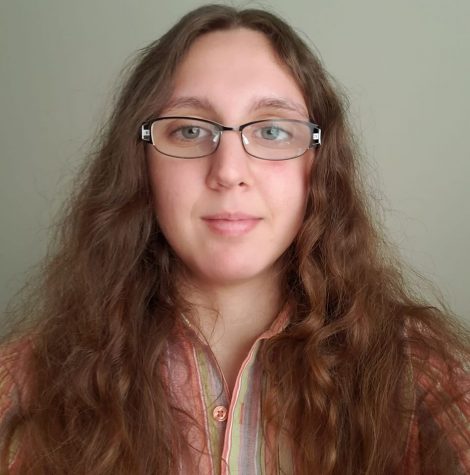
Jessica is an English Literature graduate who minored in History. Jessica started working as a reporter for The Saber/The Uproar during her first semester...

(She/her) Ashley is a theatre major who loves to focus on issues that concern the community of Columbus. She graduated from CSU in Spring 2021,








